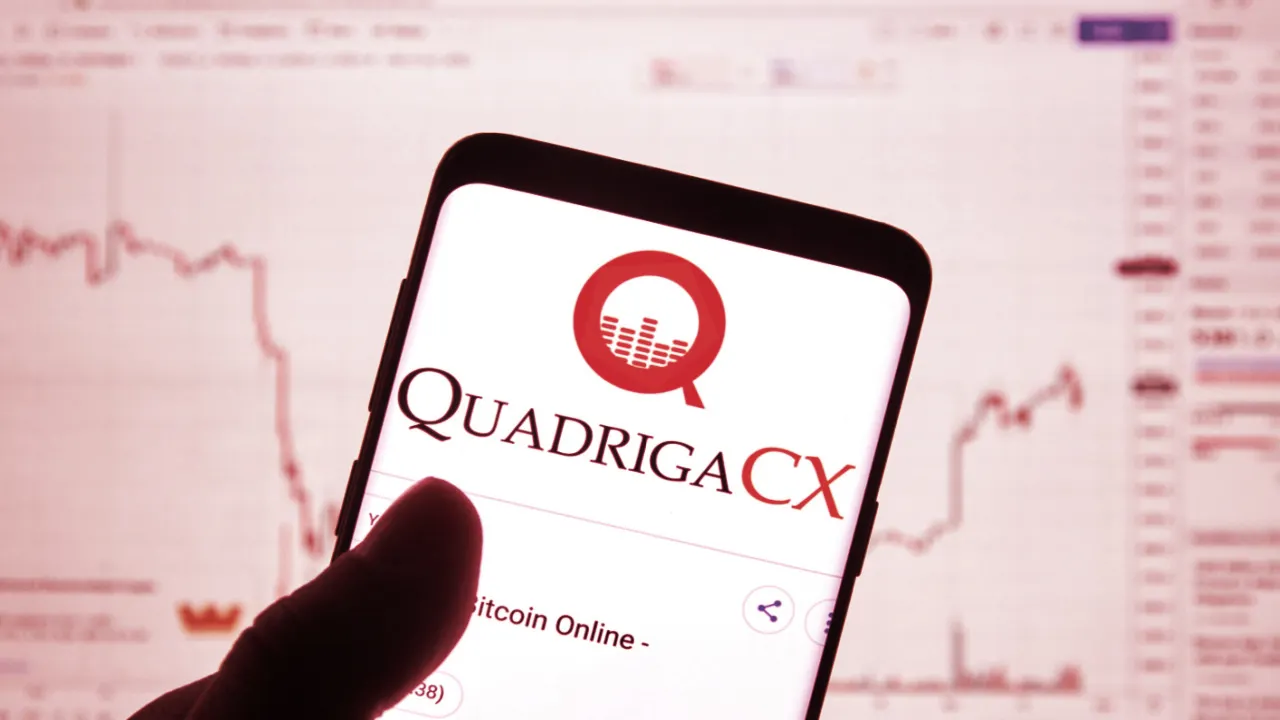Accountancy firm Ernst & Young has denied moving funds mistakenly transferred three years ago to inaccessible cold wallets associated with QuadrigaCX, the infamous Canadian crypto exchange that lost $190 million in user funds before its CEO died under mysterious circumstances.
On December 19, researcher ZachXBT flagged the movement of 104 Bitcoin ($1.7 million) split across five cold wallets, much of it to the privacy wallet Wasabi.
This Bitcoin had been dormant for over three years since employees at the collapsed exchange had “inadvertently” sent the Bitcoin to these wallets under the auspices of EY.
The accountancy firm is the court-appointed monitor and Trustee in Bankruptcy overseeing the unwinding of the now-defunct crypto exchange and is also tasked with retrieving stranded funds.
It hadn’t previously been clear whether the wallets were still active, and it remains unclear who could have recently moved the Bitcoin. Ernst & Young denied any involvement in the funds’ movement.
In a statement Tuesday, the accountancy firm said that although it “worked with management and others to recover the Bitcoin transferred to these wallets,” the “private keys associated with the cold wallets have not been located despite the detailed review.”
“The locked Bitcoin remained within the Quadriga cold wallets until December 16, 2022, prior to the unauthorized transfers being initiated,” it added. “The Trustee confirms that it did not initiate the transfers.”
Reached for comment, EY has not yet offered any insight as to who may have moved the Bitcoin on Monday and how they were mistakenly sent to the cold wallets back in 2019. Decrypt will update with any response.
What was QuadrigaCX?
QuadrigaCX abruptly shuttered in February 2019, leaving millions in customer funds stranded in apparently inaccessible offline cold wallets. The exchange’s late CEO, Gerald Cotten, had sole responsibility for moving funds offline—a security procedure known as “cold storage”—but the addresses of the cold wallets were apparently known only to him.
Accountancy firm Ernst & Young was subsequently appointed to try and claw back losses on behalf of customers. It announced weeks later the exchange’s mistaken transfer of 103 Bitcoin, then worth around $500,000, to five different QuadrigaCX cold wallets that it claimed it couldn’t access.
Amateur investigators were able to find five wallets that had received roughly the same amount—104.335 Bitcoin, the same amount moved on Tuesday—by way of several small transactions.
An alleged accomplice of Cotten, Michael Patryn, who reemerged in February 2022 under the pseudonym 0xSifu as part of the DeFi project Wonderland, said in response to ZachXBT’s findings this week that the funds had been transferred by a QuadrigaCX employee, “Alex,” acting under instructions from EY.
“They claimed to have accidentally lost the funds by sending to defunct wallets. Now it's suddenly moving again,” Patryn said. “Wen competence.”
The exchange’s sudden closure and the death of Cotten in India in 2019 were the subject of multiple investigations and feverish speculation. Official inquiries and a number of journalists eventually found that the missing funds were largely not stranded in cold wallets but had been gambled away by Cotten, who operated the exchange as a Ponzi scheme and personal piggy bank.
The exchange has been held up in Canadian bankruptcy court for a number of years.
Daily Debrief Newsletter
Start every day with the top news stories right now, plus original features, a podcast, videos and more.

